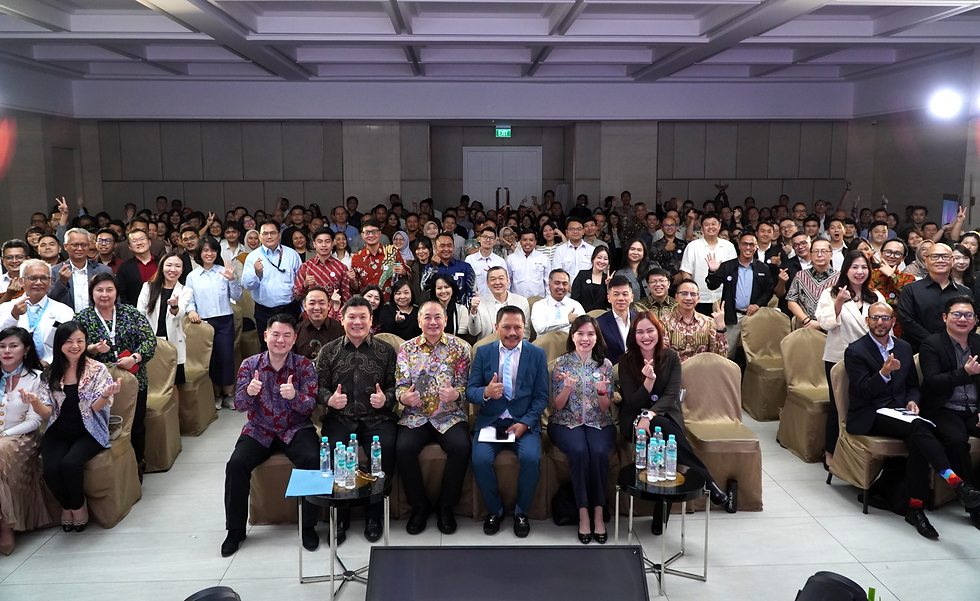Navigating the Future of Work: The Harmony of AI and Human-AI Collaboration
- TechConnect

- Nov 27, 2023
- 2 min read

Image source: Cadiz Asset Management
Artificial Intelligence (AI) has emerged as a revolutionary force in the rapidly changing field of technology. The question of whether humans and AI can work together to create a future that fully utilized our respective strengths emerges as we approach the dawn of a new era. Automation was the first step on AI's journey into the workplace, with repetitive and rule-based tasks serving as the main targets for AI systems. Automation increased output an d relieved the burden of repetitive tasks, freeing up people to focus on more complex and creative aspects of their careers. In this article, we will explore more on how AI is transforming the nature of work in the future and how human-AI collaboration is starting to become the standard rather than the exception.
1. Enhanced decision making.
AI as a tool has the capacity to quickly analyze huge amounts of data and identify patterns and trends that humans might miss is one of its greatest advantages. Businesses now have a fantastic chance to improve their decision-making procedures by utilizing AI algorithms. But it's important to keep in mind that AI should never take the place of human judgment. Rather, think of AI as a tool that enhances human decision-making by offering insightful analysis and data-driven suggestions that humans would not have otherwise known.
2. Use Face ID to unlock your phone.
Reaching for their smartphones is something that many people do first thing in the morning. Furthermore, your device uses artificial intelligence to enable biometric unlocking, such as face ID, when it uses biometrics. Apple has 3D vision with FaceID. It takes a picture of your face after lighting it up and applying 30,000 invisible infrared dots to it. It then determines whether or not the person attempting to unlock the phone is you by using machine learning algorithms to compare the facial scan with the information it has stored about your face.
3. AI to help manage your emails.
Most of us send one or more emails per day. Artificial intelligence is used by spam filters on the receiving end of your messages to determine whether an email should be blocked as spam or whether the recipient would like to receive it in their inbox. Machine learning is also used by antivirus software to safeguard your email account.
4. Google is using AI to assist you on searching.
For most of us, a day wouldn't pass without looking up something on Google or buying a product we absolutely must have. Without artificial intelligence, search engines could not find what you're looking for on the entire internet. The advertisements that appear to follow you around? Yes, those are powered by artificial intelligence (AI), are tailored to you based on your search history, and display products that the algorithms think you'll find valuable.
5. AI to help you avoid traffic jams.
Maps are not the only travel aids made possible by artificial intelligence. AI is used by Google Maps and other travel apps to track traffic, provide you with real-time weather and traffic information, and make recommendations about how to avoid traffic jams and get to your destination as quickly as possible.
Source: Forbes, medium.com





Comments